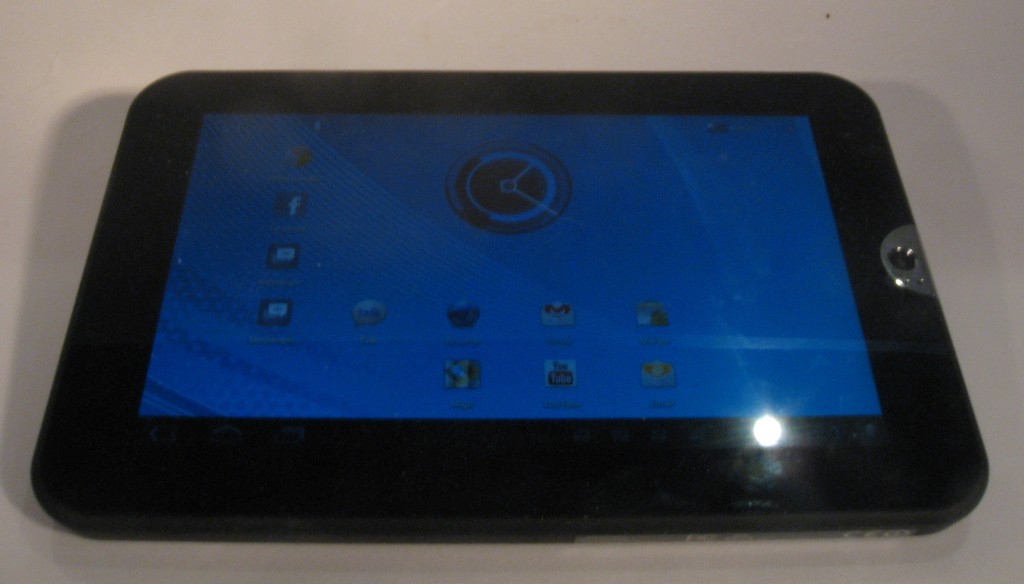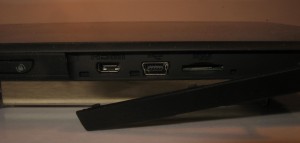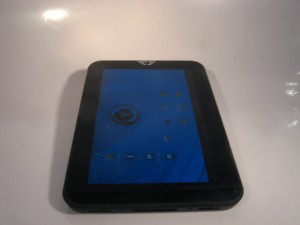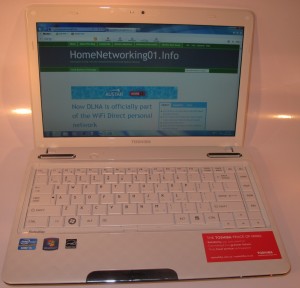Introduction
The CEBit 2012 IT show in Hannover, Germany is one of may technology trade shows covering the European area where there is a strong crossover between product classes. It was positioned at work-based computing but is competing with Mobile World Congress in Barcelona, Spain (smartphones), Internationaler Funkaustellung in Berlin, Gernamy (consumer electronics) and Photokina in Cologne, Germany (digital imaging) as a European showcase platform for consumer and small-business information technology.
It has carried through the overall key trend of work-home computing and the always-mobile business life. This is more so with the emphasis on portable computing equipment and equipment to service the data cloud.
Key issues and trends in computing
Privacy and security in the online age
A key issue that has been raised through this year’s CEBIT show in Hannover is how US-based companies are limiting data privacy in the eyes of Europeans. Regular readers of HomeNetworking01.info may have seen articles being published about this issue, especially an industry interview that I did with Alastair MacGibbon and Brahman Thyagalingham, concerning the responsibility of service providers if something goes awry with the data in their care.
This was brought about through the recent privacy and security changes at Google as well as an increase of data being held “in the cloud”. There was also an underscoring of the improtance of trust concerning data in the Internet Age.
Technological trends
PCs and laptops
These “regular” computers have not been forgotten about even though there is a lot of interest in the tablets and smartphones. It has been led about through the imminent release by Microsoft of Windows 8 which is available as a consumer-preview version at the time of writing. One feature pitched about this operating system is that it was intended to bridge home and work computing lifestyles with mechanisms like Windows To Go “boot-from-USB” setups.
As well, there was the imminent release of the Ivy Bridge chipset and processor families by Intel with these offing graphics that are just close to “gaming quality” but with economical power consumption. There was a “Super SSD” drive also being premiered which had 512Gb of solid-state storage in a 2.5” housing for the current generation of portable computers.
This year has seen more of the Ultrabooks being released by the various manufacturers and in different variants.
An example of this was Acer showing their new range of equipment with the Timeline Ultra M3. This was a so-called “15-inch Ultrabook” which had an optical drive and NVIDIA GeForce discrete graphics, with variants available with a hard disk or solid-state-drive only for their secondary storage.
Acer had also premiered their V3 lineup of 14”, 15” and 17” budget-friendly laptops with the 17” variant having a Blu-Ray optical drive. They also premiered the V5 11”, 14” and 15” slim mainstream laptops with the 14” and 15” varieties being equipped with discrete graphics as an option.
Toshiba also fielded a variant of the Portege Z830-120 Ultrabook with WiDi Wi-Fi-driven display link technology and was promising a “brown-goods” LCD TV with WiDi display functionality. I would say that this function may appear in a higher-end LCD chassis which serves a particular run of high-end lounge-room sets.
Of course, there would be some computers that are positioned as “bridge” units between the regular laptop and the tablet, typically being equipped with a touchscreen and a keyboard at least. Examples of these would include ASUS “Transformer” variants with detachable keyboards or “swivel-head” convertible laptops. These could be based on either an ARM RISC microarchitecture or the classic Intel microarchitecture with them running Windows or Android. They would be pitched at those of us who like the touchscreen tablet experience but also want to use a proper keyboard to create content.
Smartphones and Tablets
The smartphone and tablet scene at this fair has been affected by two issues. One is Apple releasing their third-generation iPad with the higher-resolution “Retina” display and A5x graphics subsystem concurrently with this show, setting the cat among the pigeons. Of course, the patent fights are still on with Apple over tablet-computer design with some of the lawsuits still not resolved.
The other is that a lot of the smartphones and tablets destined for Europe were premiered at the previous Mobile World Congress in Barcelona, Spain. But there were a lot of the tablets being exhibited in Hannover.
Key features that were being put up included near-field communications which enabled “tap-and-go” payment and data transfer for these devices, larger screens for this device class, LTE wireless-broadband and DLNA implementation. As well, the Android devices are being released with quad-core processors, keyboard docks, glasses-free 3D, full HD graphics and other more attractive features.
As for LTE 4G wireless broadband, an increasing number of European mobile carriers are rolling out LTE networks through their market areas and are launching phones, tablets and modems that work with this technology.
Conclusion
What it sounds like is that the CEBit show is underpinning a mobile cloud-driven computing environment which is to support “regular” and mobile usage classes.





